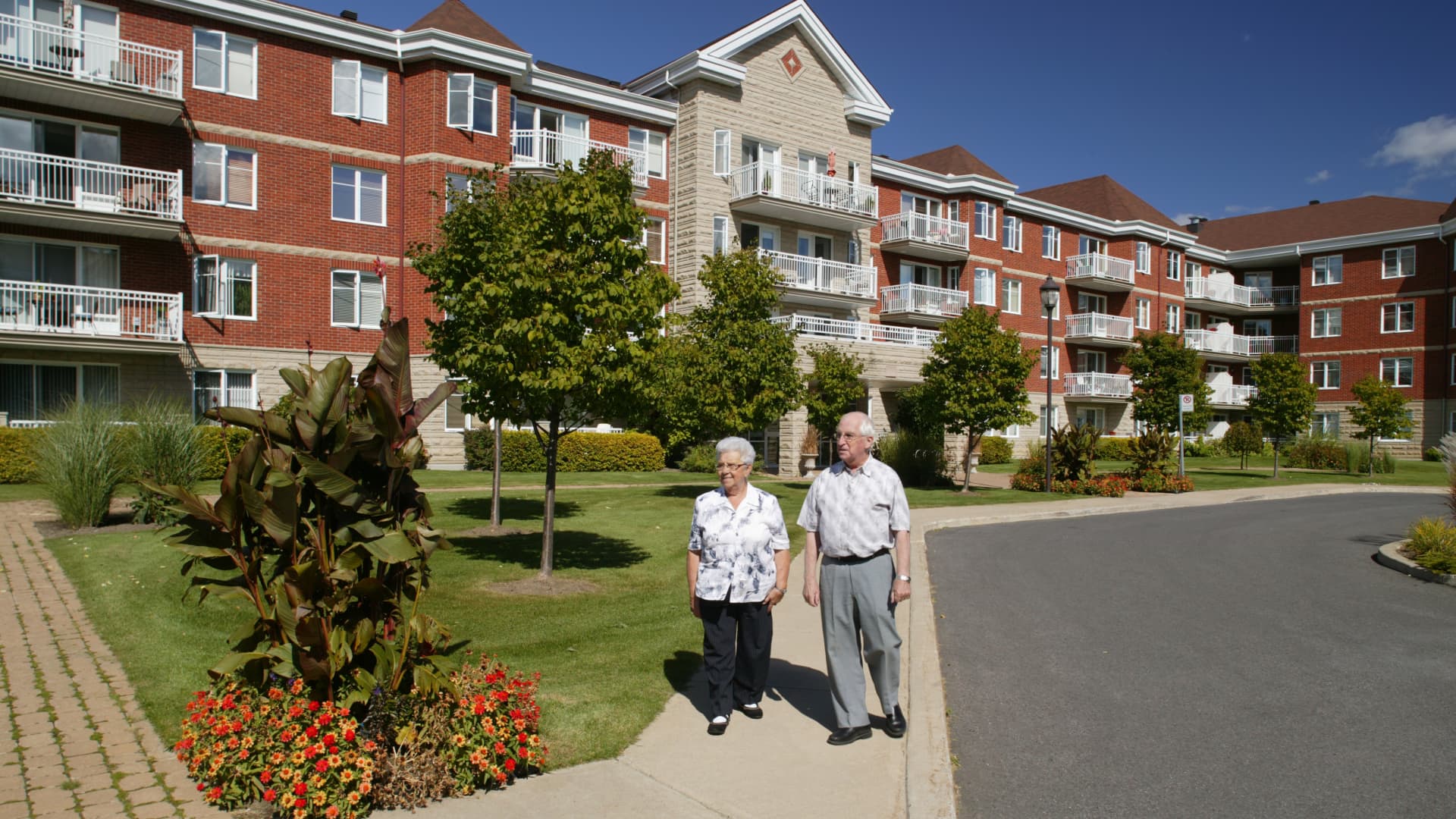There are signs of a recovery in real estate stocks â and the new cycle should continue for several years, according to Janus Henderson. For the first time in more than two years, CBRE’s U.S. real estate transaction volumes appear to have increased, a Nov. 11 report from Janus portfolio managers Greg Kuhl and Danny Greenberger said. CBRE is the world’s largest property brokerage and a bellwether for the corporate real estate sector, they noted. In addition, CBRE reported a 20% increase in revenue from U.S. investment sales. That uptick in transactions is typically an excellent sign of an inflection point in the cycle, Kuhl said. “The recovery in transactions ⦠highlights multiple avenues for [real estate investment trusts] to boost earnings growth, strengthening the outlook for asset values, and ultimately, the potential for higher share prices and growing dividends in a new cycle,” the report stated. The main issue with real estate over the last couple of years has been valuations, as publicly traded REITs repriced in 2022 for higher rates, Kuhl said in an interview with CNBC. This year, REITs are starting to do well, even though the 10-year Treasury yield remains above 4%. The FTSE NAREIT Equity REITS Index , which tracks U.S. commercial real estate and is the benchmark Janus uses for its U.S. Real Estate ETF (JRE), has gained about 14% year to date â and has a 3.59% dividend yield to boot. JRE YTD mountain Janus Henderson U.S. Real Estate ETF “What you’re seeing is the market being forward looking and saying, ‘Look, we are starting a real estate cycle,'” Kuhl said. “A lot of investors are more confident that the bottom is kind of in and so from here, we can focus on the fundamentals, which are fine, and that gives you decent growth year over year,” he added. “Then if there is a scenario where rates do fall a little bit, that’s just even better, and that’ll be more upside.” The other factor to keep in mind is that real estate cycles last about seven to 10 years, he noted. “If you look at the last few cycles, the first five years of those cycles are just great for REITs,” Kuhl said. “The whole cycle is good, but from a relative performance perspective versus other types of real estate ownership, the beginning of the cycle is the best time.” Finding opportunity The biggest opportunity right now within the sector is in senior housing REITs, Kuhl said. For one, the population is aging as people live longer. “That over 80 demographic growth is ramping up meaningfully through the rest of the decade,” he said. Plus, there is a supply issue. The high-rate environment of the last couple of years meant companies weren’t borrowing money to build new buildings, so there has been little supply growth across real estate, Kuhl explained. Senior housing is an extreme example of that. “There is literally almost nothing being built in the country for those right now,” Kuhl said. “At the same time, you’ve got this huge tailwind of demand that is very visible and is going to happen. So that’s a really good story.” Plus, even once buildings are planned, it still takes time to go through the process of buying land and performing all the planning, permitting and construction, he added. That is at least a three-year process, he said. “That means you’re almost to the end of the decade before you start seeing supply again in most property types,” he noted. Another good sub-sector right now is in data center REITs , Kuhl said. This is a demand story, since there is a ton of supply being built right now to handle the artificial-intelligence boom. “If you can [get] access to power and build a data center in most markets in the country, you’re going to get it leased,” he said. However, some of the stocks are already fully valued, so investors should be selective, he added. Kuhl also sees a smattering of opportunities in industrial, office and mall-focused real estate. For instance, office REITs are a small part of Janus’ portfolios, but the rout in the space has created some opportunities, he said. “The stocks are off by so much and you can see in certain markets that fundamentals are no longer getting worse. So occupancies are stabilizing,” Kuhl said. New York, for example, is “by far” the best market, but the West Coast isn’t showing the same signs of recovery, he said. Industrial REITs also haven’t fared well this year amid slower demand and elevated supply. However, supply growth has peaked and is coming down as the economy heads into next year, he said. “The question is demand,” Kuhl said. “If demand stays where it is or picks up a little bit, I think industrial is an interesting story throughout as we move through 2025,” he added. “It’s discounted versus history, and you may see fundamentals get better as we go through the year.”

